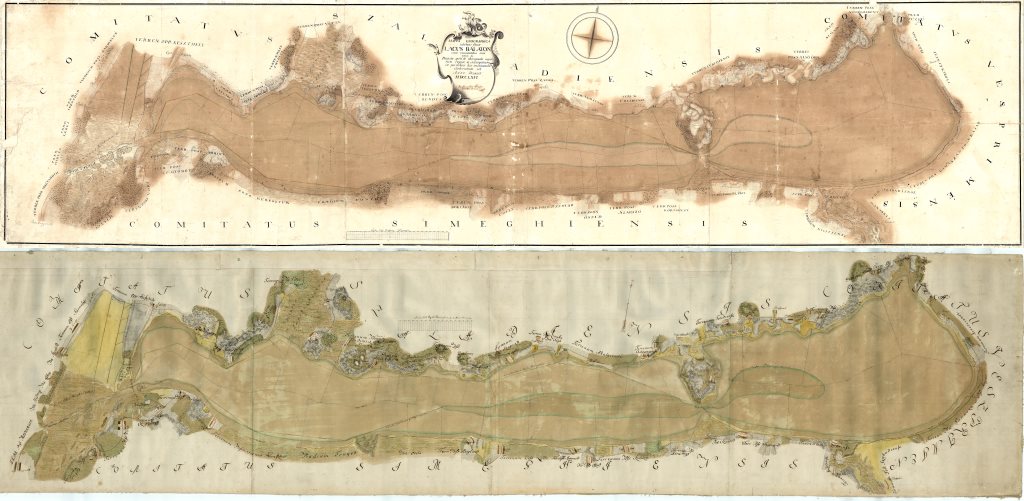Lake Balaton, often referred to as the “Hungarian Sea,” is a unique lake in Central Europe with a rich history and natural beauty. Nestled in the heart of Hungary, this freshwater lake is the largest in the region, captivating locals and visitors alike with its charm and diverse offerings.
The lake’s secrets unfold through its ever-changing landscapes, picturesque shores, and a myriad of cultural and recreational activities. With a history dating back thousands of years, Lake Balaton has witnessed the rise and fall of civilizations, making it a reservoir of historical tales and cultural significance.
Its serene waters and surrounding hills create an idyllic setting for leisurely strolls, water sports, and moments of relaxation. The lake’s unique flora and fauna contribute to its ecological importance, providing a habitat for various species of plants and animals.
Whether exploring the charming villages along its shores, indulging in local culinary delights, or enjoying the vibrant summer festivals, Lake Balaton offers a diverse range of experiences for every traveler. From the tranquility of its hidden coves to the bustling life of its vibrant towns, the lake remains a source of inspiration for artists, writers, and nature enthusiasts.
Discover the secrets of Lake Balaton and immerse yourself in the beauty and wonders of this extraordinary Central European treasure.
Historical Background:
Lake Balaton, Central Europe’s largest lake, is a wonder of the Carpathian Basin. Its unique natural features, such as the specific microclimate and the special basin structure, make the lake exceptional and attract tourists year after year.
Origin:
The explanation of Lake Balaton’s formation has long intrigued scientists. While there was once a prevailing view suggesting a marine past dating back to Earth’s geological history, this theory has been dismissed by modern science. The Pannonian Sea and the Pannonian Lake formed in the Carpathian Basin during the Miocene period, but Lake Balaton did not originate directly from the remnants of these marine areas.
Ice Age Birth:
Lake Balaton took its actual form at the end of the Pleistocene, during the Ice Age. Resulting from tectonic movements, depressions were formed that later took in the waters of Lake Balaton, shaping it permanently during the Riss-Würm interglacial period.
Size and Water Level:
Throughout its history, Lake Balaton has experienced various sizes and water levels. It reached its largest extent at the end of the Würm glaciation when the Tapolca Basin was submerged, and the volcanic witness mountains of the Balaton Uplands rose as islands from the water.
Geological and Hydrographic Characteristics:
The basin of Lake Balaton lies on Mesozoic marine sedimentary rocks close to Alpine formations. The lake’s water is quickly renewed, taking approximately 2.2 years to fully replace its water mass.
Impact of Climate Change:
The climate change of recent decades has significantly influenced Lake Balaton. The average temperature of the Carpathian Basin has risen, leading to changes in water management, particularly during dry summer periods.
Today’s Characteristics:
The current catchment area of Lake Balaton is 5180 square kilometers, and its water level fluctuates throughout the year. The lake’s water level is now regulated using modern methods.
Flow and Wave Characteristics:
The flow and wave system of Lake Balaton is unique. Both wind direction and the Coriolis effect influence the flow, resulting in waves reminiscent of those in the sea.
Lake Balaton, as Central Europe’s largest lake, captivates visitors not only with its natural beauty but also with its scientific fascinations. The preservation and understanding of the “Hungarian Sea” are crucial both for nature conservation and tourism. Staying at Boros Castle allows you to travel back in time to almost the birth of Lake Balaton while enjoying all the amenities of the residence with your family and friends:

